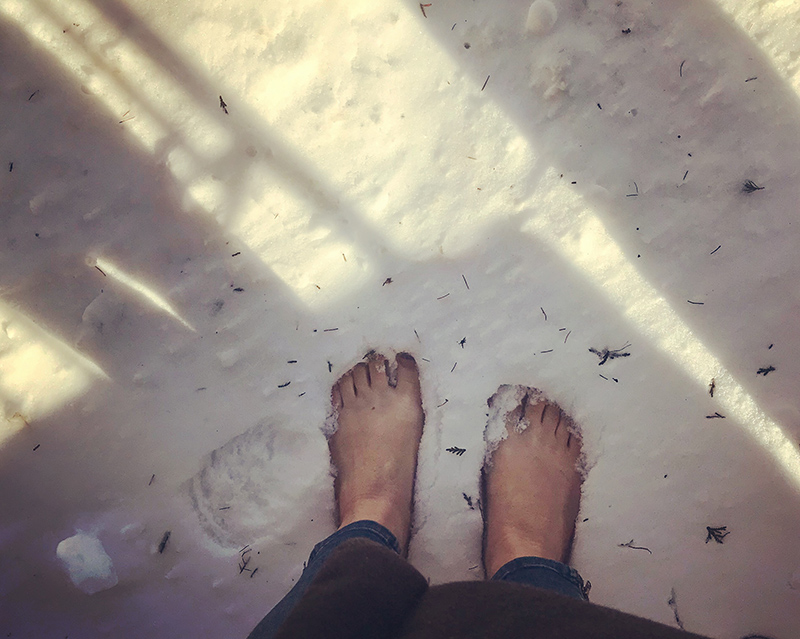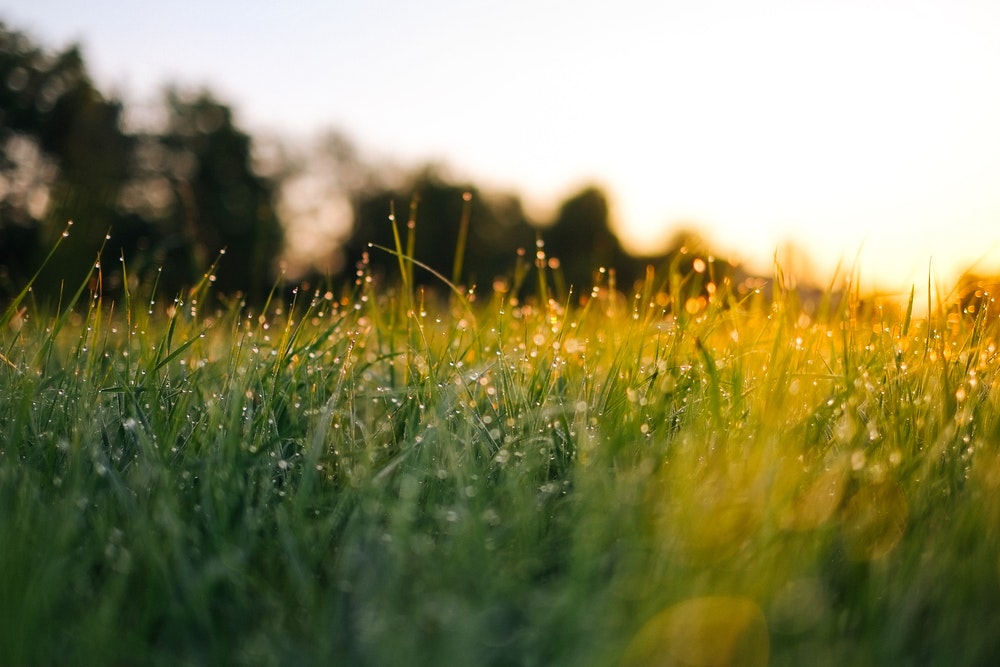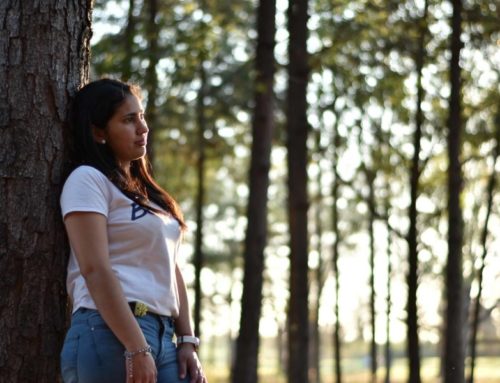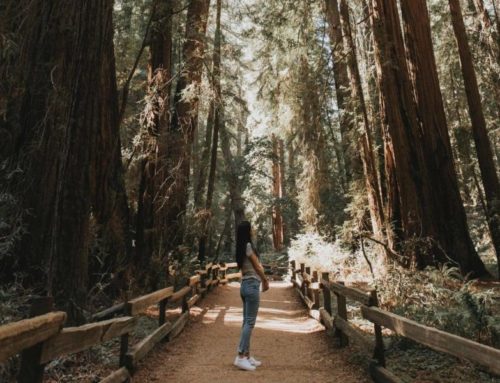A forest bathing and hydrotherapy mash-up
Dew walking is a simple but seemingly magical way to say hello to your morning and walk away feeling refreshed and ready to start your day. Sparkling, early morning dew has fascinated people for centuries. Dew seems like a magical substance. Water droplets almost appear to float like pearls on the surface of leaves, glistening in the warm, orange light of the morning sun. Dew is somehow both fluid and static, like liquid mercury. This resemblance is why it has long been the symbol of transformation and the philosopher’s stone, the mystical alchemic substance capable of turning everyday metals into gold. Walking on dewy grass in the morning isn’t going to turn you into King Midas, but it can become a revitalizing morning ritual.
Green and blue spaces are rarely separate in nature. Forests can be found alongside streams and rivers and lakes. Even if we can’t see the water, it is there — as dew on the leaves in the morning, running in underground trickles to feed the roots of the trees, nourishing the tree trunks and helping to move nutrients between the trees, and feeding the trees on the mountainsides with glacial spring water. At this time of year, most of that water is present as snow and ice.
Just as forests and trees need water to survive, so do we. The earth’s surface is around 70 percent water; our bodies are around 60 percent. Trees, too, have almost as much liquid inside them as we do.
Doctors and medicine people around the world have traditionally understood this integral connection between health and water. Dew walking is a hydrotherapy technique that fits perfectly into a forest bathing practice to connect you to the earth, the trees, and the water all around.
Why walk on dewy earth?
Dew walking works by increasing circulation. The cool dew on your feet triggers temperature receptors that signal to your blood vessels near the surface to quickly constrict to avoid heat loss. Those blood vessels then relax to help bring warm blood to the skin’s surface of your feet. Walking helps to magnify these effects. Using your leg muscles helps your blood move against gravity by creating a venous pump. With increased local blood circulation, more nutrients, oxygen, and immune cells can get where they need to go and waste products can be cleared away. Increasing lower leg and foot circulation may help people with varicose veins and those with perpetually cold hands and feet. It can also promote faster wound healing and improve other leg and feet conditions such as diabetic neuropathy and peripheral artery disease.
Going barefoot also has other advantages. It activates receptors on your feet that work on proprioception, the sense of your body in space. Barefoot walking can help to improve balance and proprioception, which is one of the reasons many pediatricians and orthopedic specialists recommend zero drop or thin-soled shoes for both children and adults.
How to dew walk
Or snow walk if you dare

For your first dew- walking experience, start in the summer. Find a grassy spot that looks welcoming to stand on. Ease your way into winter dew walking by first growing accustomed to more tolerable temperatures under your feet. Before you start, make sure your feet are warm. Run them under warm water if you need to. Head outside to a grassy area and take off those shoes and socks. Walk around the area or walk on the spot for two to three minutes. Take it slow. Savor each step as it approaches the cool wetness of the grass blades in the morning.
If you’re brave enough, or an old hand at dew walking, you can wake up your circulation quickly by snow walking. Snow walking is intense, so you should do it for only thirty seconds or so. You’re not trying to be like the Iceman, Wim Hof. Or maybe you are. Either way, don’t rush. Take it slow and build up your tolerance to extreme temperatures. Keep a pair of dry socks handy and put on your socks and shoes after you’ve completed your dew walk. Continue to walk around for another minute to keep the circulation in your legs and feet moving and to warm your feet up again before continuing on with your day.
Just as forests and trees need water to survive, so do we. The earth’s surface is around 70 percent water; our bodies are around 60 percent. Trees, too, have almost as much liquid inside them as we do.
Doctors and medicine people around the world have traditionally understood this integral connection between health and water. Hydrotherapy has been used in sanatoriums, health retreats, and medicinal spas for much of human existence. Dew walking is a hydrotherapy technique that fits perfectly into a forest bathing practice.






